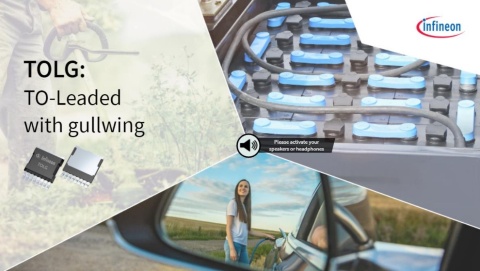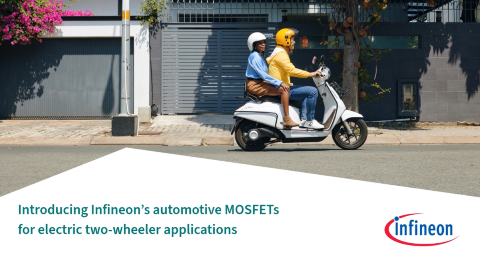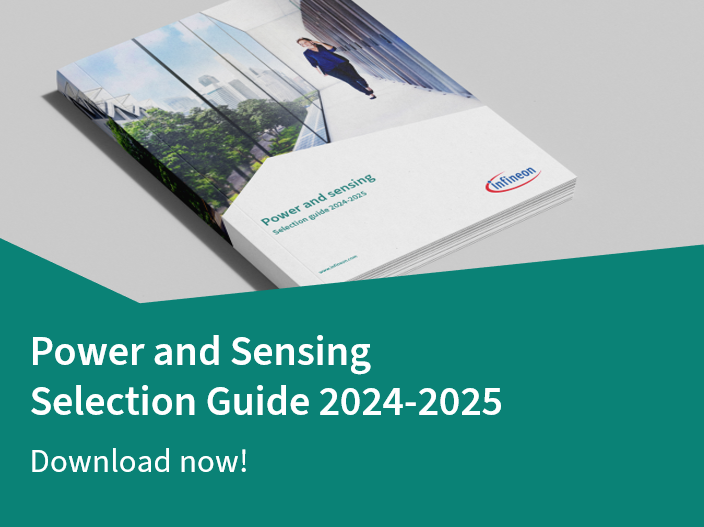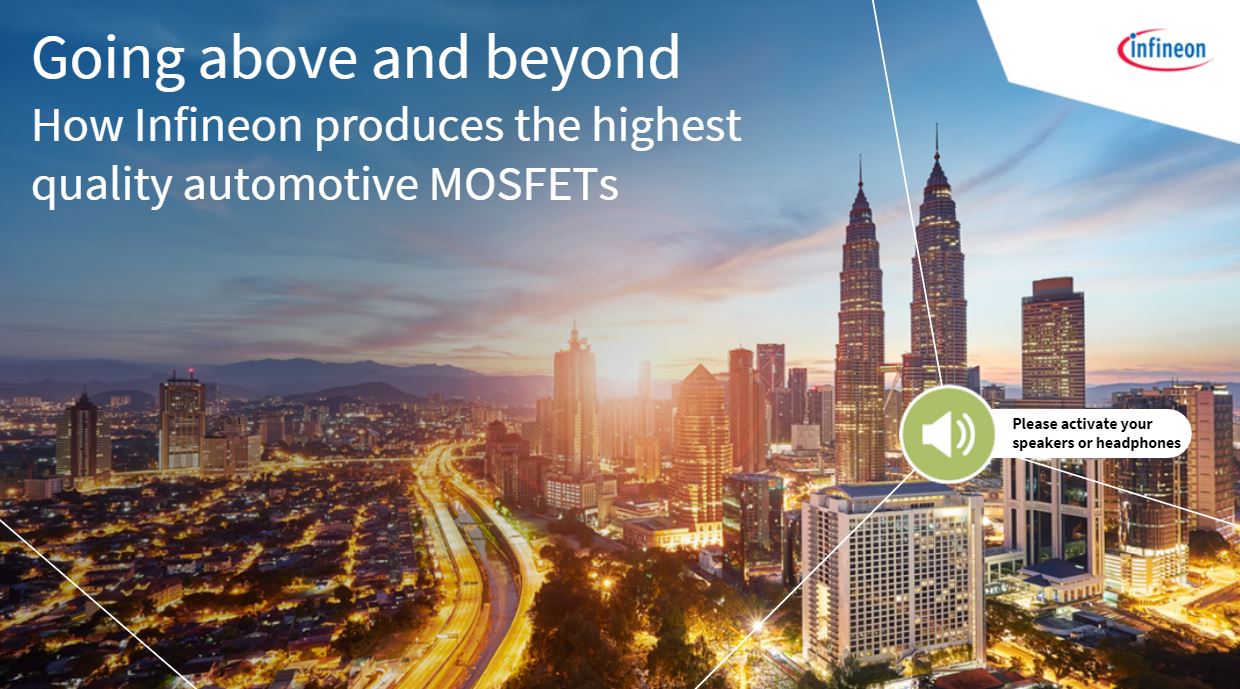600V-800V N-Channel Automotive MOSFET
On the fast lane in automotive applications with CoolMOS™ high-voltage superjunction power MOSFETs
600V-800V N-Channel Automotive MOSFET subcategories
CoolMOS™ automotive superjunction MOSFETs address the needs of electric-vehicle applications such as on-board chargers, HV-LV DC-DC converters, auxiliary power supplies, insulation monitoring, HV eFuse, and HV eDisconnect. With a zero-defect philosophy, our market-leading products exceed AEC-Q101 automotive quality standards and balance high performance at attractive costs combined with high delivery reliability.
Through our product line-up, we have brought innovative concepts into life that support new ways of system optimization and help engineers all over the world to succeed in their designs.
- 600V CoolMOS™ S7A - Perfect fit for slow-switching applications like HV eFuse, HV eDisconnect and on-board chargers
- 650V CoolMOS™ CFD7A – Infineon’s latest product family with integrated fast body diode, is the perfect fit for both hard- and resonant-switching topologies, on-board chargers, HV-LV DC-DC converters, auxiliary power supplies
- 650V CoolMOS™ CFDA - With integrated fast body diode is the perfect fit for resonant-switching topologies, LLC or full-bridge phase-shift ZVS in DC-DC converter, and HID lamp
- 600V CoolMOS™ CPA - Perfect fit for hard-switching topologies and PFC boost-stages in on-board chargers
- 800V CoolMOS™ C3A - Supports the growing demands of higher system voltages in automotive auxiliary supplies

This training explains the benefits of using the TOLG and the target industrial and automotive applications of this package. It also lists the current available portfolio and explains what you will gain by using the package.

- Introduce Infineon’s automotive MOSFETs for electric two-wheeler applications, its key features, benefits, as well as the technical support available
- Identify the target applications of electric two-wheelers that require automotive MOSFETs.

- Know how a typical battery protection switch works and the importance of MOSFET avalanche robustness
- Identify the best-in-class Infineon offerings of demo boards, MOSFETs and gate drivers

In this video, you will:
- Be familiar with top-side cooling, its uses and benefits
- Learn how you can get the most out of your TOLT package

- Infineon has been expanding the package portfolio for it’s high-performing OptiMOS™ MOSFETs.
- Do you know SSO10T, the latest addition to Infineon’s package family for OptiMOS™ MOSFETs?

- OptiMOS™ 7 40 volts is Infineon’s new automotive MOSFET technology.
- It presents a 25 percent Ron improvement when compared to the previous OptiMOS™ 6.

- Infineon’s Dual Gate MOSFET (IAUTN08S5N012L) is an 80 V product with an RDS of 1.15 milliohms, making it an ideal choice for use in disconnect switches
- Learn more about this product and its use in power distribution applications in this training

- Be familiar with Infineon’s measures to reduce the failure rate and to prove the quality level of a product
- Identify the right product based on given target application requirements

- Get to know today`s fast growing automotive MOSFET market.
- Know more about Infineon`s wide MOSFET selection for 48 V mild-hybrid electric vehicle, or MHEV, applications.

- Learn how Infineon defines a true culture of quality.
- Get to know Infineon`s Zero Defect approach and how Infineon goes beyond the requiriments when it comes to automotive MOSFET qulification.

- Get to know Infineon’s Automotive MOSFET data sheet.
- Improve your understanding of the parameters and diagrams in the document, which will help you better evaluate the device’s limits and capabilities.

- Know the different 48 V applications for the new drivetrain architectures.
- Get an overview of Infineon`s comprehensive MOSFET portfolio.

- Have an overview of the converters needed in electric vehicles.
- Analyze the 2-quadrant converter topology in buck and boost mode and the half-bridge converter with center tap rectification topology.

- Recognize the different types of setups in the data sheets.
- Be able to calculate the junction-to-ambient thermal resistance value, the power losses, and the static DC current.











